

Interviews
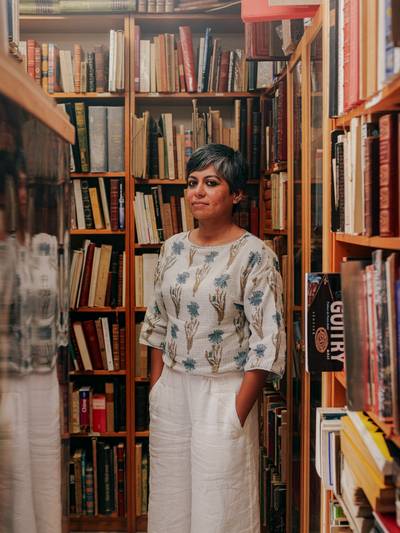

Challenging the notion of the singularity of meaning and traversing the zones of fidelity and accuracy of an image, Tanvi Mishra switched to image-making after pursuing an economics degree, realising that the issues that interested her in the social sciences, like policy-making and social justice, were more imaginatively possible through image-making. Our conversation follows her keynote titled Translational / Transnational : world-building beyond bordered identities for the Out of the Metropolis seminar Artists and Curators Working Together: How and With Whom? organised at The Finnish Museum of Photography in mid-February.
READDisrupting Rhetoric, Defining Tenor: An Interview with Tanvi Mishra
NO NIIN’s co-editor Vidha Saumya interviews curator, photo editor, writer and occasional educator Tanvi Mishra about the role of images, how photography speaks beyond temporal and spatial locations, and how a practice’s genealogy can be framed.
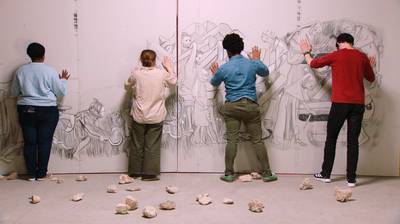

On social change, collective processes and radical pedagogy, with pandemics as a backdrop.
READThese Conditions (Are Only Worsening): An Interview with Adelita Husni-Bey
On social change, collective processes and radical pedagogy, with pandemics as a backdrop.


Sometimes it feels like the system is designed for you to fail. It seemed that the only way to understand and interact with this system was by gathering as much information as possible from those in similar situations. So our peer group became a place where we could all get together and share our collective knowledge on how to deal with residence permits and other immigration processes as artists, art students, and arts workers.
READA Shared Responsibility: Mutual Support and Allyship Amongst non-eu/eea Art Professionals
A conversation about networks, support, and transnational alliances in the context of hostile policies that non-eu artists and art workers face in Finland and Norway.
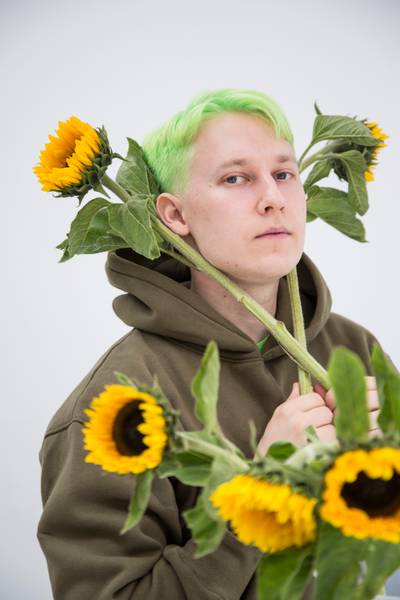

And isn’t this something that we keep saying, that we are tired of discussing these very rudimentary questions about what is and what isn’t queer? We can go back and forth, we can ask presidential candidates what they think, and we might get some answers, but those answers are really not all that intriguing to us. I think we already know what we are!
READInterior Designs, Drains, Poetic Approaches: An Interview with Artor Jesus Inkerö
On pushing queer agenda forward in some way or bringing something new to it.
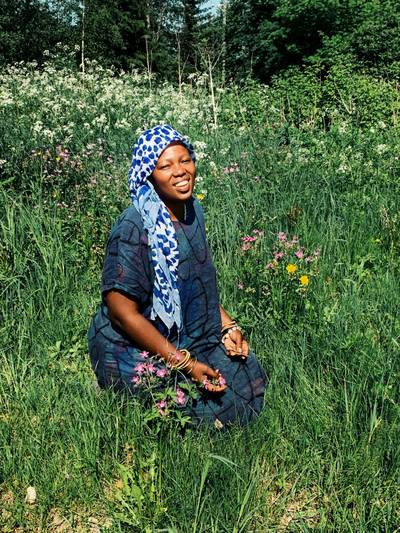

READ
Between Mud, Matter and Mother: A Conversation with Dineo Seshee Bopape
In a conversation with Lotta Petronella, Dineo Seshee Bopape explores the meeting point of ancient and future, highlighting the connection between mud, matter, and motherhood—a reminder to recharge, resist, and dream.
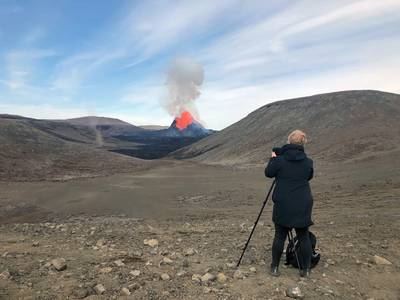

I see returning themes, such as the fragility of our lives, cycles of growth and death, and the destructive and nourishing power of time. I’ve moved from filming organic materials, rotting plants and blooming flowers to more complex matters, such as architectural structures, buildings with historical significance and buried meanings. Even if they seem far apart at first glance, these works circle the same topics: memory, oblivion, change, collapse, and growth.
READTo Carve A Tunnel Through Yourself: A Conversation with Saara Ekström
Artist Saara Ekström talks to Taru Elfving about her longterm enquiries into the intimate connections and irreducible differences between bodies, temporalities and cycles of change.
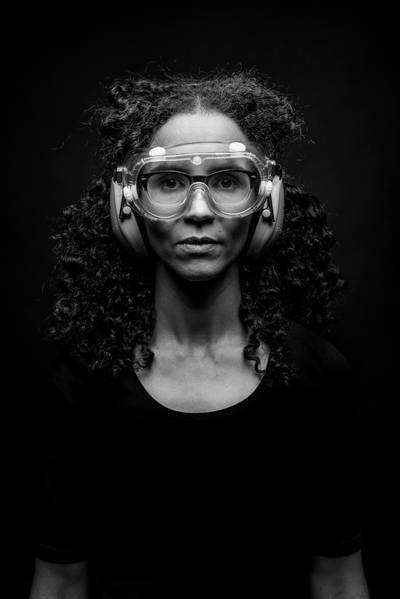

The stapling became the stitching of the colonial wound. The important transition that took place was in calling this work pain-tings, which includes both - the power of the pain that is inflicted and, at the same time, a way to heal transgenerational wounds that continue to be there. I realised quite soon that I was using my energy in the wrong way, as in the case of my first portraiture series titled Shooting Back from 2004. I wanted to stop creating portraits of people who did so much damage because the end result is a portrait of that person, and I don’t want to look at them anymore.
READPatiently Sifting through the Remnants of History: A Conversation with Sasha Huber
Curator and founder of Southnord, Marcia Harvey Isaksson, in conversation with artist Sasha Huber about stitching colonial wounds, remembrance and repair, and following the unpredictable paths of roots and threads.
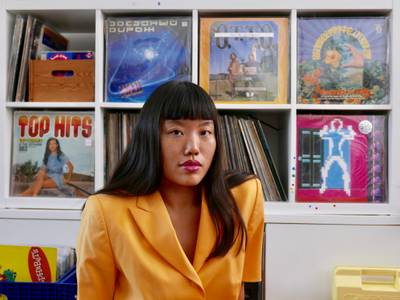

I felt we were living in a crisis within a crisis. I’m not very optimistic about the current systems that we’re living in and how much progress we are making in terms of getting out of this system. Still, the way that I deal with my disappointment and my despair is that I turn to music, underground art, and artist-activist communities.
READDancefloor is a Radicalising Kind of Moment: A Conversation with Ani Phoebe
A conversation with DJ, activist, and founder of Bad Times Disco Ani Phoebe, exploring solidarity work in music spaces during times of austerity and the potential of a political dance floor.


The names we have are not enough. We have to invent a new name. I don’t have a solution, but I know that we have to find a name. One of the points I make is that nowadays, we are in a situation where everybody’s saying we have to stay with or listen to this kind of multiplicity of proposals, the multiverse, and this is politically extremely naïve. If we accept that every name of the Earth and every conception of it is good, what do we do with climate deniers?
READOn Plants and Planetary Names: A Conversation with Emanuele Coccia
An interview with philosopher Emanuele Coccia on plants, names, politics, and love.
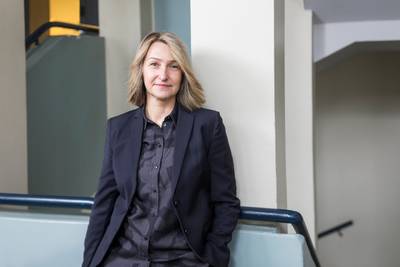

The second edition of the biennial marked a departure from the first, navigating different geopolitical landscapes, timelines, budgets, curatorial and organisational structures, and resources. The budget for the second edition of the Helsinki Biennial had initially been outlined before the outbreak of the war in Ukraine. Compounded with a post-covid economy and the wider impact on the art world, this all contributed to considerations for organising this edition.
READLeaving Minimal Imprints on the Landscape: A Conversation with Joasia Krysa
Joasia Krysa is the curator of the second edition of the Helsinki Biennial. In this conversation, she shares insights into the intricate process of organising this event and emphasises the significance of collaborations and connections forged during the biennial, both locally and internationally.
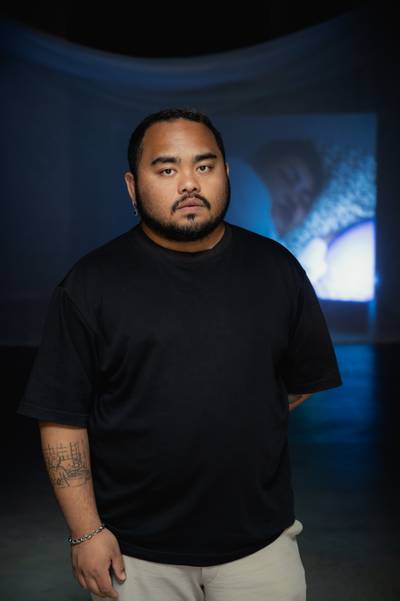

And for westerners, this act of doing nothing is laziness. But when I go back to this memory, it’s actually the act of rest. This is when your body is connected with the ground, with the land, and with the soil to recharge you again. Because in the precolonial Philippines, the way their bodies were working was through reciprocity—the reciprocation of care and love with nature and the things around them. In this way of resting, when your body is on the ground doing nothing and just resting, you also give time to the environment and to the land to rest and heal.
READOpen Wounds, Invisible Bodies: A Conversation with Liryc Dela Cruz
This interview explores Liryc Dela Cruz’s artistic practice in Europe, tracing his journey from cinema to diverse mediums including performance, dance, and community engagement. Dela Cruz’s recent focus has been an extensive research project on the Filipino diaspora, particularly domestic workers in Italy.
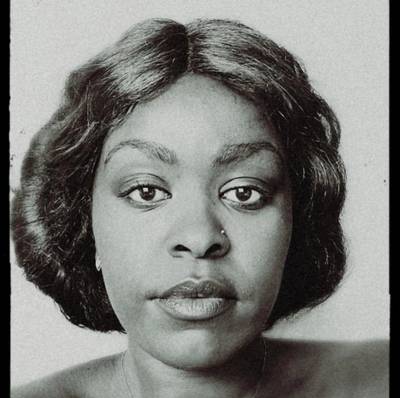

As community members and activists, we need to know how to work the system and how to turn our work into projects. In the case of this exhibition, I came to the museum with the confrontation that there is nothing about us Afro Finns in the museum, and we have the right to exist here. You have a gap, and I have an idea.
READRewriting and Dreaming Afro Finnish History: A Conversation With Wisam Elfadl
The awareness of Afro Finnish culture as a part of Helsinki’s identity has been marginal. The purpose of the ‘Being Black’ exhibition is to change this.